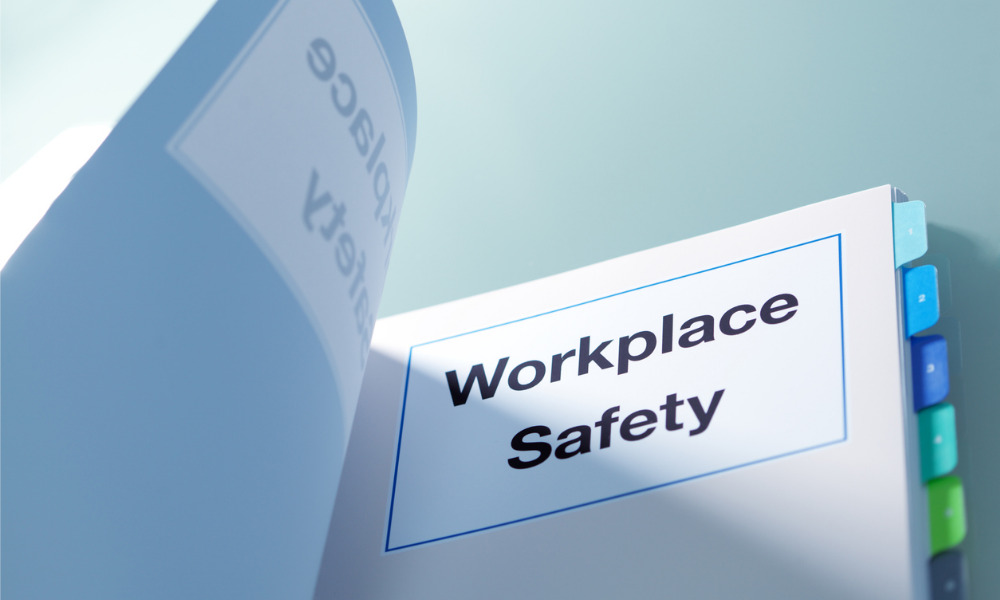
Targets in new strategy include reducing fatalities, serious claims and permanent impairment

The Australian government has released a new 10-year strategy that seeks to cut down the number of workplace fatalities, injuries, and illnesses over the next decade.
"The Australian Work Health and Safety Strategy 2023–2033 sets a national framework for improving work health and safety over the next 10 years," Safe Work Australia chair Joanne Farrell said in a statement.
The strategy addresses ongoing and emerging challenges in work health and safety, such as managing psychosocial risks, the rise of artificial intelligence, automation and related technologies, as well as new types of work, according to Safe Work Australia CEO Michelle Baxter.
"Through this strategy, we are focusing our efforts to ensure the work health and safety system in Australia can improve outcomes and address emerging challenges over the next decade," Baxter said.
The targets outlined in the 10-year strategy include:
Targets on taking preventive action will involve Safe Work Australia, which has a "key role in monitoring the progress of and driving certain actions contained in the strategy."
"Collaboration with and among researchers, professional peak bodies and practitioners will also be critical if we are to realise our ambitious vision," Baxter said in a media release.
The strategy also seeks to strengthen compliance on consultation, representation, and supervision to improve workplace health and safety (WHS).
"Actions by regulators offer an effective, efficient, and economical intervention for lifting WHS practices and should be exercised when necessary," the report said. "A focus on systematic WHS management by regulators will ensure duty holders' compliance in line with the intent of regulation.”
The 10-year commitment by the government was welcomed by the Australian Chamber of Commerce and Industry (ACCI), an employer representative member of Safe Work Australia.
"The strategy once again sets a clear, universal goal to reduce worker fatalities, injuries and illnesses, and builds on progress made over the past decade in addressing workplace health and safety challenges," ACCI chief executive Andrew McKellar said in a statement.
According to McKellar, the ACCI is "pleased" to partner with Safe Work, the government, and its union colleagues in developing the national framework.
The new strategy comes as Australian workers continue to get sick and injured, sometimes fatally, from work, according to Baxter. Data from Safe Work Australia revealed that 169 employees were fatally injured at work, while over 130,000 workers' compensation claims were accepted for serious work-related injury or illness.
Common work-related illnesses include respiratory diseases, zoonotic diseases, mental health issues, and cancers.
The most common causes of workplace injuries are vehicle accidents; falls, slips, and trips; being hit by moving objects; and body stressing. In terms of psychological injuries, the most common causes include work pressure, harassment and bullying, and occupational violence.